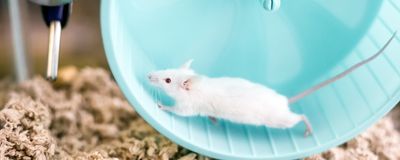Login
SubscribeNews & Opinion
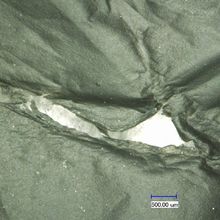
Alpine and Arctic Microbes Break Down Plastics
Alejandra Manjarrez, PhD | Jul 7, 2023 | 2 min read
Researchers identified cold-adapted microbes that degrade certain plastics at low temperatures, potentially saving energy in industrial recycling.
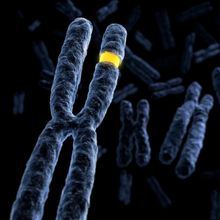
Immunity Genes May Play a Role in Down Syndrome
Kamal Nahas, PhD | Jul 6, 2023 | 4 min read
Extra copies of four interferon receptor genes found on human chromosome 21 trigger developmental changes in a mouse model of Down syndrome.

Tasmanian Devils Face Threats from Rapidly Evolving Facial Cancers
Natalia Mesa, PhD | Jun 30, 2023 | 3 min read
A genetic study tracked the evolution of two transmissible cancers currently ravaging populations of Tasmanian devils.

Antimicrobial Resistance: The Silent Pandemic
Danielle Gerhard, PhD | Jun 30, 2023 | 9 min read
Scientists continue to ring alarm bells about the risks associated with the continued misuse of antimicrobials and advocate for innovative treatments, improved surveillance, and greater public health education.
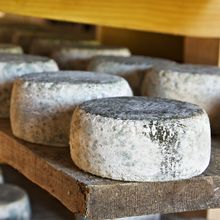
Deleting a Gene Quells a Pesky Cheese-destroying Fungus
Natalia Mesa, PhD | Jun 30, 2023 | 3 min read
Fungi disrupt microbial communities on cheese by making antibiotics.
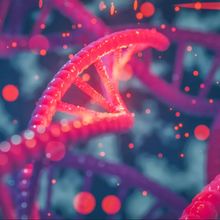
Redesigning Medicine Using Synthetic Biology
Alison Halliday, PhD, Technology Networks | Jun 21, 2023 | 5 min read
Drawing inspiration from nature, synthetic biology offers exciting opportunities to transform the future of medicine.
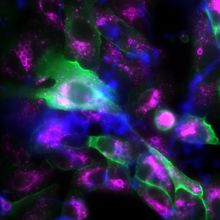
Fungal Spores Hijack a Host Protein to Escape Death
Mariella Bodemeier Loayza Careaga, PhD | Jun 20, 2023 | 3 min read
Uncovering the components used by Aspergillus fumigatus to avoid intracellular destruction broadens our understanding of the mold’s pathogenesis.
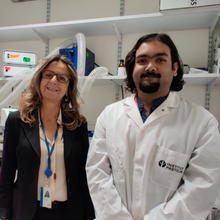
Microglia Rescue Aggregate-Burdened Neurons
Charlene Lancaster, PhD | Jun 12, 2023 | 4 min read
Researchers discover that neurons trade protein aggregates for microglial-derived mitochondria through tunneling nanotubes.

Disease Scent Signatures Disclose What the Nose Knows
Iris Kulbatski, PhD | Jun 12, 2023 | 4 min read
Researchers redefine the lost art of smelling illness using one woman’s exquisitely sensitive nose.
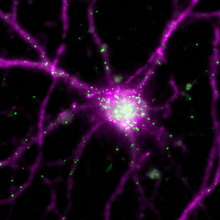
Short-lived Molecules Support Long-term Memory
Alejandra Manjarrez, PhD | Jun 6, 2023 | 3 min read
A gene essential for information storage in the brain engages an autoregulatory feedback loop to consolidate memory.

Nanoplastic Ingestion Causes Neurological Deficits
Shelby Bradford, PhD | May 31, 2023 | 3 min read
Small plastic particulates can induce inflammatory responses in the gut and brain, but removing them reverses this damage.

The Circadian Rhythm of the Heart Rate
Katherine Paulin, PhD | May 31, 2023 | 3 min read
The sympathetic nervous system influences gene expression in the heart to regulate the day-night cycle of resting heart rate.
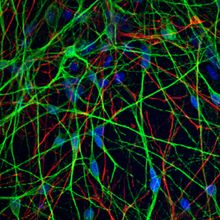
Astrocytes Fuel Erratic Firing in Fragile X Neurons
Lauren Schenkman, Spectrum | May 30, 2023 | 4 min read
This new understanding could one day lead to targeted treatments.
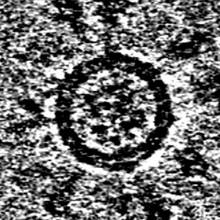
New Technology Improves SARS-CoV-2 mRNA Vaccine-Induced Immune Responses
Elina Kadriu | May 30, 2023 | 3 min read
mRNA-encoded self-assembling enveloped virus-like particles presenting SARS-CoV-2 spike protein enhance immunity and may provide better protection against viral variants.
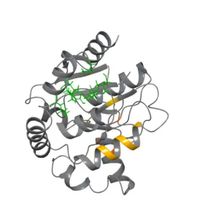
A Pioneer of The Multiplex Frontier
Rashmi Sivni | May 20, 2023 | 10 min read
George Church is at it again, this time using multiplex gene editing to create virus-proof cells, improve organ transplant success, and protect elephants.
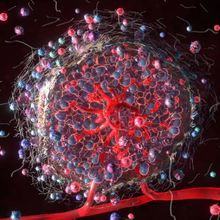
Interrogating the Complexities of the Tumor Microenvironment
Alison Halliday, PhD, Technology Networks | May 19, 2023 | 5 min read
Gaining a better understanding of the dynamic and reciprocal interactions between cancer cells and the tumor microenvironment is essential for improving patient diagnosis and treatment.

Connecting the Dots That Link Diabetes and Infection Severity
Deanna MacNeil, PhD | May 22, 2023 | 4 min read
Researchers shed light on the immunometabolism of respiratory infection, providing an avenue towards safer COVID-19 therapeutics for those affected by metabolic disorders.
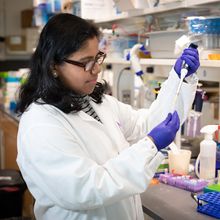
Chek-Mate for Gliomas
Aparna Nathan, PhD | May 22, 2023 | 3 min read
New research may make immunotherapy possible for hard-to-treat brain tumors.

Resolving Discrepancies in Mouse and Human Autoimmunity Studies
Niki Spahich, PhD | May 15, 2023 | 4 min read
By editing primary T cells with CRISPR, researchers begin to settle a long-standing debate about a common autoimmunity risk variant.
